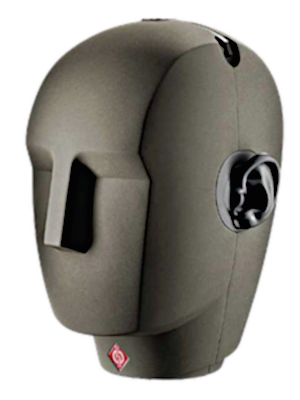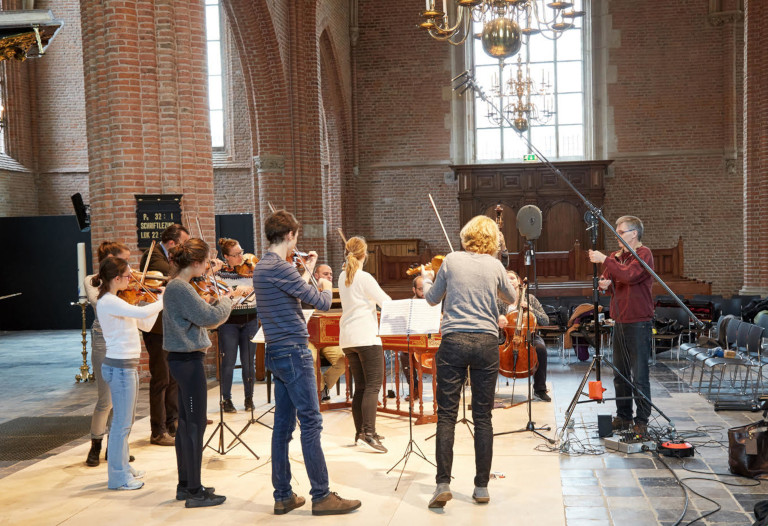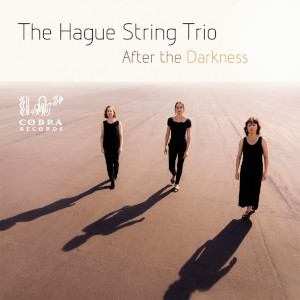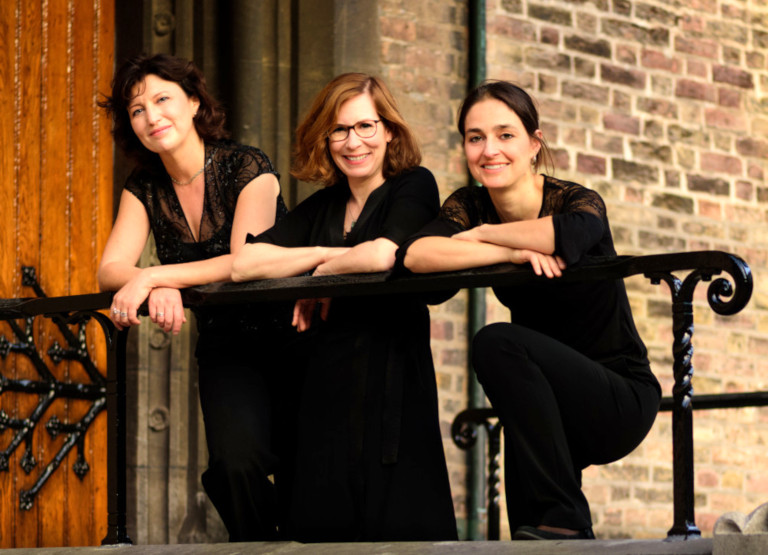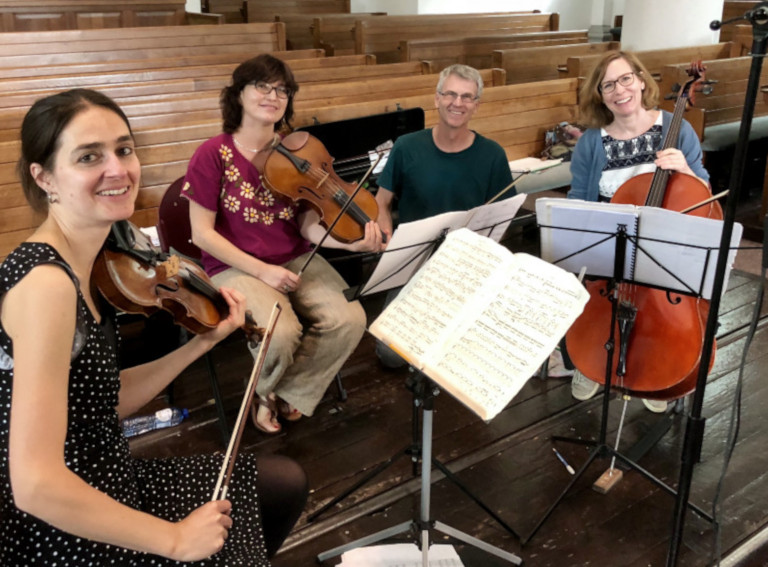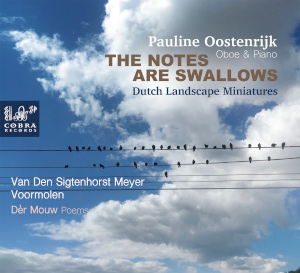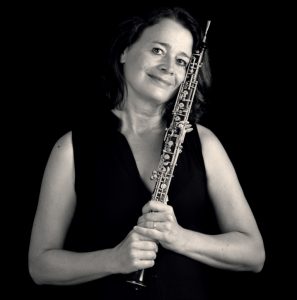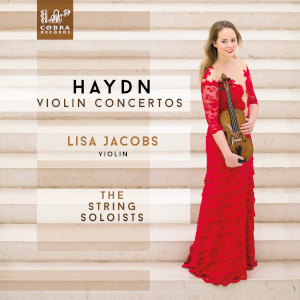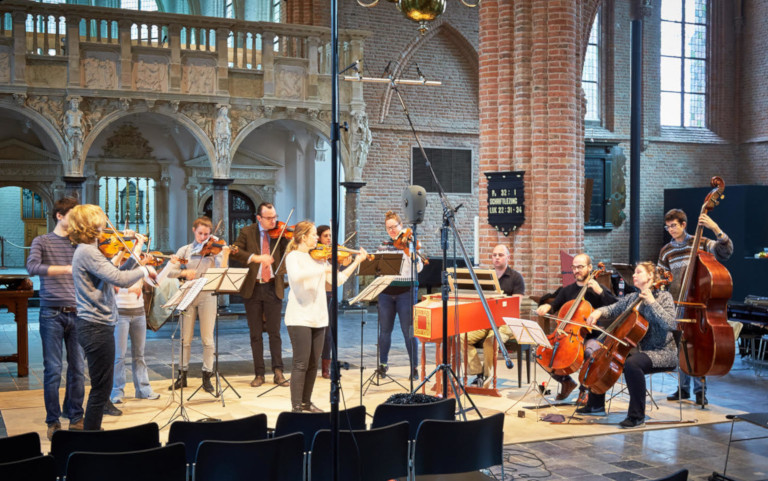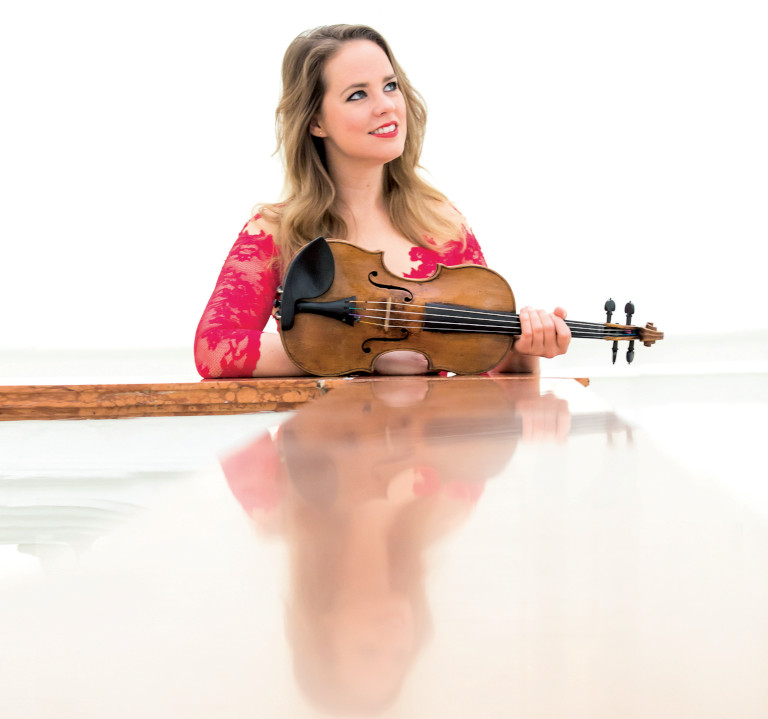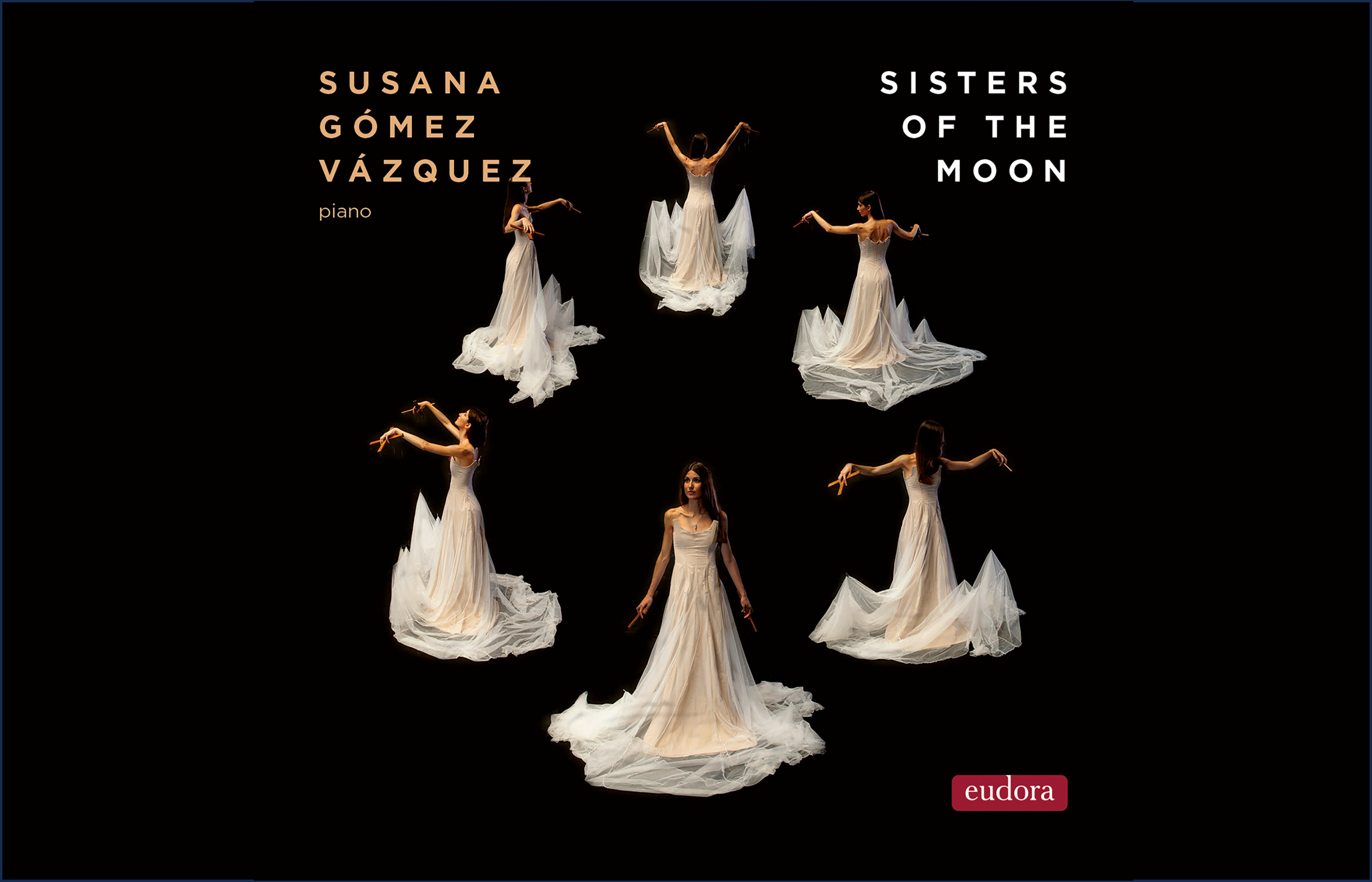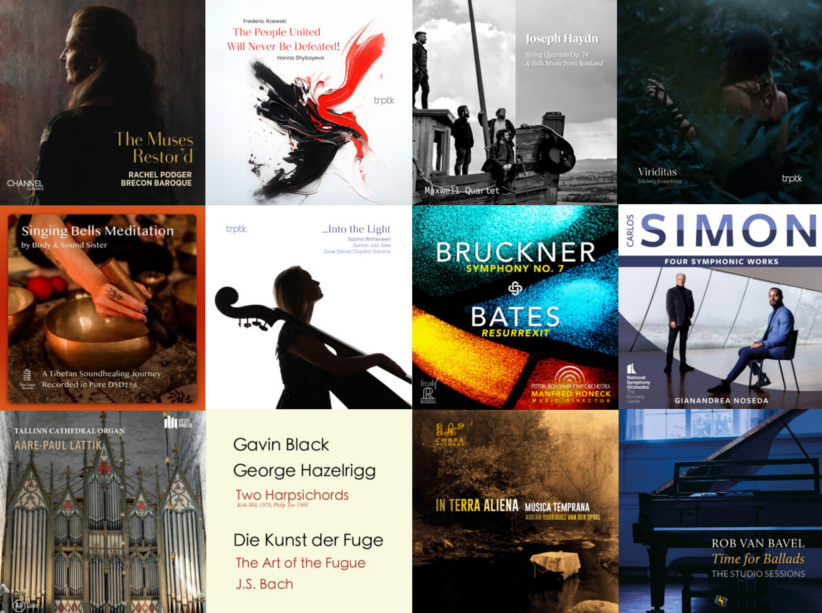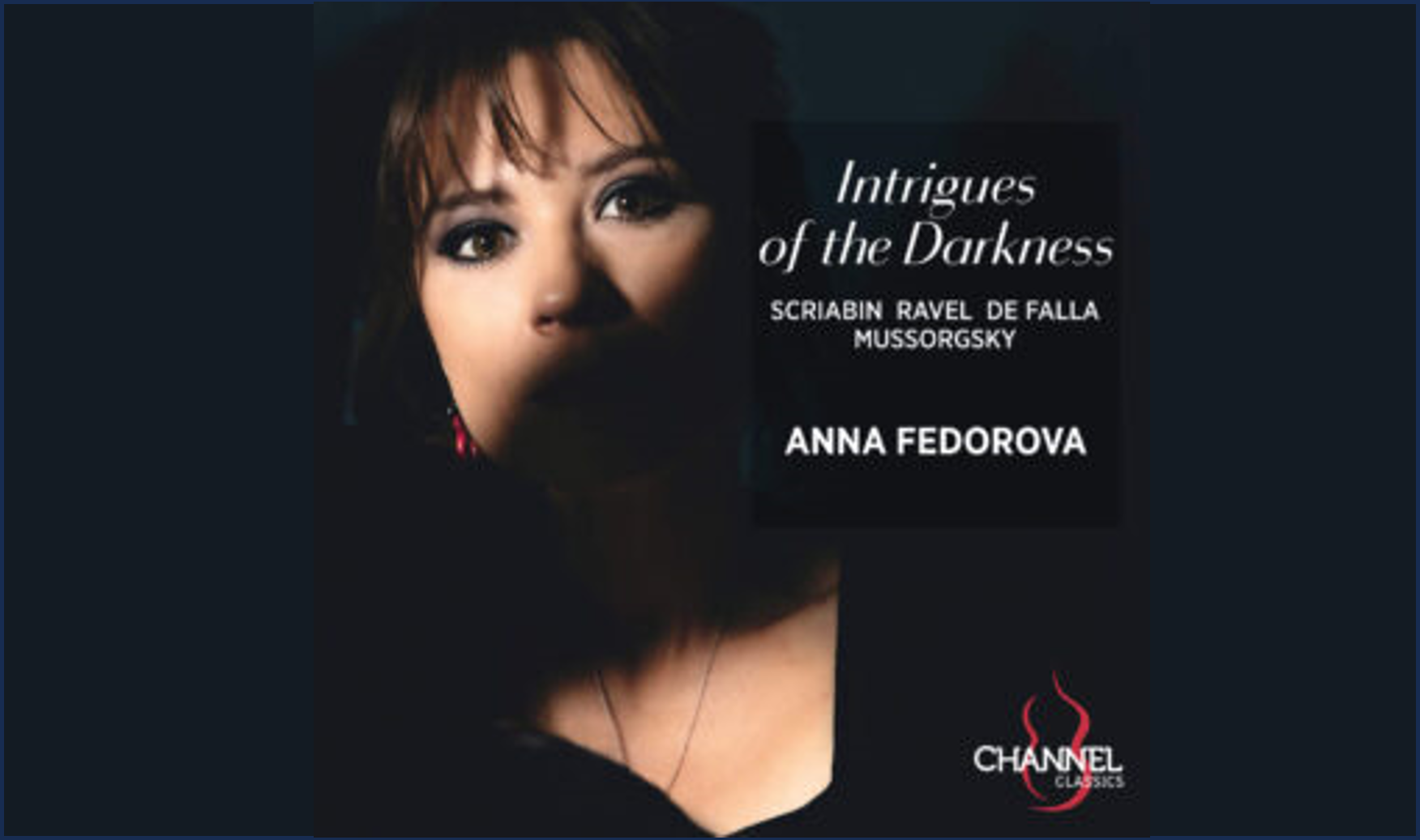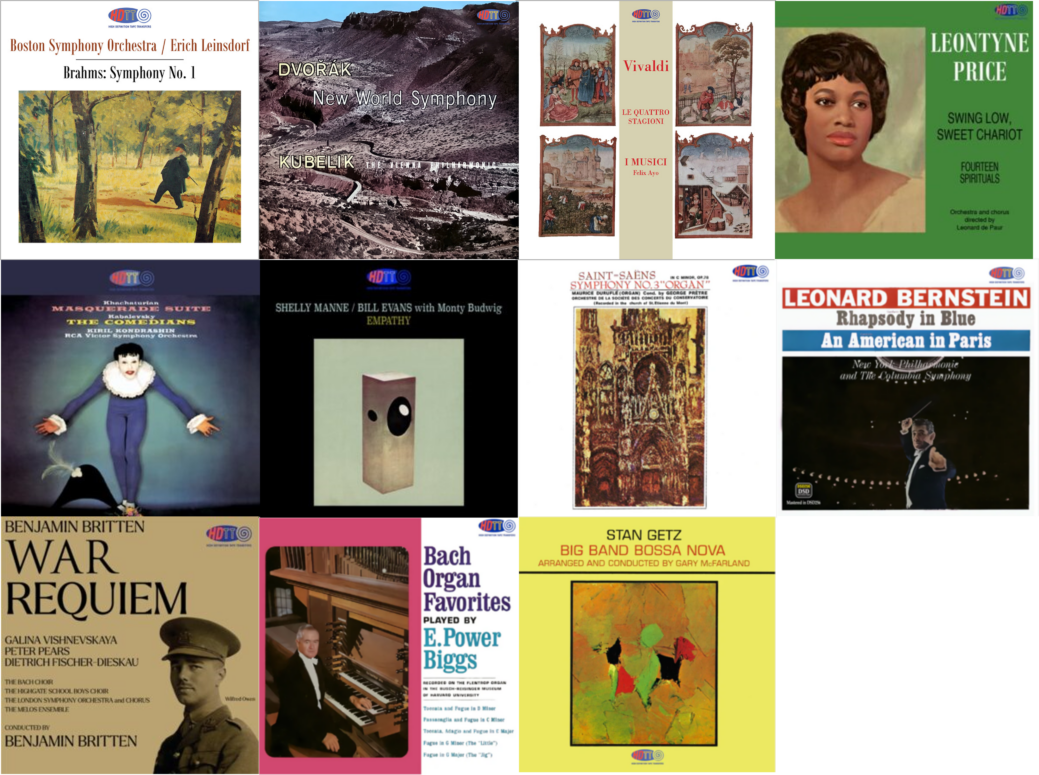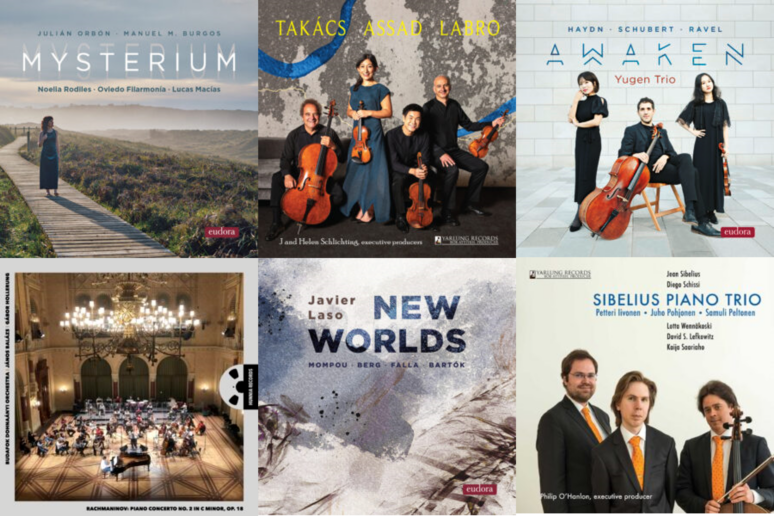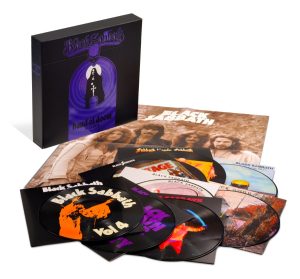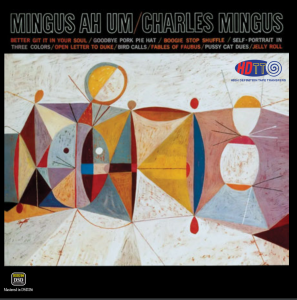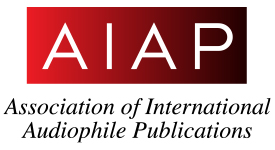If you listen via headphones or earbuds, you need some good binaural recordings in your music library. Binaural listening is the only way we get to hear true imaging and instrument positions via headphones. Stereo recordings, no matter how good, simply don't provide the same realism over headphones that properly made binaural recordings deliver. (In my humble opinion, of course.)
I listen to headphones only these days. I enjoy it. The sound quality is excellent, the resolution and detail retrieval is unmatched. But the realism of instruments arrayed in precise positions on one's aural soundstage, as I'd been used to hearing with my speakers using well recorded stereo LPs, has been mostly missing. Well, with binaural, its baaaack! But different.
Neuman KU-100 Artificial Head
Binaural recordings are reproductions of sound the way human ears hear it. In fact, the word "binaural" literally just means "using both ears." When you listen to a binaural recording through headphones, you perceive distinct and genuine 360° sound.
Some will advocate that it's the purest, most natural way to record and listen to music. When recorded using the Neumann Artificial Head for the microphones, it is very good indeed. The "head" is constructed to have a density similar to that of our own heads plus artificial ears that mimic the way sound is reflected and captured to our ear canals. Microphones are built into the head's ear canals.
When a binaural recording is played back through headphones, the listener hears exactly what the dummy head heard during the performance. Every nuance of where a sound is coming from is preserved (whether it's in front, beside, above, below, or behind you).
Over this past month, I've been listening to binaural recordings made by Tom Peeters, founder and chief recording engineer of Cobra Records. (See my interview with Tom, HERE.) I've also been able to listen to the same recordings in stereo made concurrently from his stereo microphones. You see, Tom records simultaneously to stereo, 5-channel, and binaural. In his recording sessions, he always has five microphones plus the Neumann Head using upgraded microphones modified by Rens Heijnis.
Recording session for Lisa Jacob's Locatelli Violin Concertos album showing the Neumann Head just below the primary 3-mic array, with Tom at the microphone stand.
As I've listened to Tom's binaural recordings over headphones, I've tried to assess what I'm hearing in contrast to the stereo format from the same recording session also over headphones. The two formats do sound quite different.
For me, the binaural recording sound is a purer, more concentrated sonic experience. If you're familiar with making a "reduction" for a sauce when cooking, this is similar to what I experience aurally. In a reduction, the flavors become purer, more intense, more highly concentrated. I experience the binaural recording in a similar manner. The sound is purer, there is no "phasiness" to it—all the information is arriving at precisely the same time. Instrumental images are accordingly very precisely defined and located.
Now, some of what I'm hearing may be the difference between hearing the DSD256 modulation of the DXD binaural edit master rather that the DXD binaural edit master itself. When I compare to the stereo format of the same recording, I'm listening to the DXD stereo edit master. And DXD and DSD will forever sound different. To some extent the difference is similar in that DSD often sounds more pure as compared to DXD. If I get an opportunity to hear the DXD binaural file, I'll update this. So, treat this comment as a cautionary caveat to my observations.
Nonetheless, caveat aside, there is a distinct solidity to the sound of binaural via headphones that stereo via headphones just does not match.
The Verge has a good article about how binaural recordings work with our ears and brains, and some history of binaural recording (which has been around for a very long time). You can read the full article here, but let me share just a bit of it:
"Binaural recording systems are unique because they emulate the workings of the human head. The architecture of our anatomy dictates how we understand the sounds we hear: with an ear on either side of a thick skull and spongy brain, we hear sounds enter our left and right ears at different times. If a dog barks by our left ear, it takes a few extra microseconds for the bark to reach the right ear; the sound will also be louder in one ear than the other. In addition, sound waves interact with the physical constitution of the listener—the pinna (or outer ear), the head, and the torso—and the surrounding space, creating listener-specific variations otherwise known as head-related transfer function. The brain scrutinizes these miniscule interaural differences of time and strength in order to localize sound with immaculate precision."
The binaural effect can be heard with speakers, but the effect is best experienced over headphones where a complete separation between left and right channels can be maintained.
Here are three recordings from Tom Peeters that I recommend to you unreservedly. These would be good starting points to explore the Cobra Records' catalog of chamber music recordings.
All are available in DSD256 in stereo, 5-channel and binaural formats. The half dozen or so Cobra recordings I've listened to thus far are all fantastic. Choose for the music you think you will like and enjoy.
My comments below are based on listening to the binaural DSD256 files.
- After the Darkness, The Hague String Trio
- The Notes Are Swallows - Pauline Oostenrijk
- Haydn Violin Concertos - Lisa Jacobs
After the Darkness, The Hague String Trio, Cobra Records. (2019 (DSD256 Binaural, Stereo, and Surround) (HERE)
Nearly seventy-five years after the liberation of May 1945, World War II still plays a substantial role in our thinking and our actions. We are now three generations removed from World War II but we are still discovering new facts, still confronted with new insights, still finding new testimonials from those times. This recording from The Hague String Trio tells a story we all need to hear. It presents music by five Jewish composers whose lives were destroyed in World War II by persecution, murder, or exile. And this music is excellent—engaging and compelling in every way.
The members of the Trio write:
"After The Darkness is a project that lies close to our hearts. It is a privilege to let the music of these composers be heard and to create a lasting testament so their voices will never be forgotten. The title of this album refers to the book by Auschwitz survivor Elie Wiesel, After the Darkness: Reflections on the Holocaust.
"…Whilst searching through the catalogue of the Nederlands Muziek Instituut, we came upon the one movement Trio à cordes by Dick Kattenburg. Seeing the original manuscript made a big impression on us: the neat handwriting contrasting with crossings out and corrections, a half-page colour drawing of himself and his friends playing the string trio together and comic doodles scribbled in the margins. Suddenly this was not just a distant, unknown composer, but a man with a personality who clearly had a sense of humour."
This composer whose manuscript they discovered, Dick Kattenburg, was a Dutch composer and Jewish. He went into hiding at the end of 1942 but was arrested and deported in 1944, ending up in Auschwitz. The documents the Trio has been able to find show that he must have died somewhere in Central Europe on 30 September 1944.
Of the five composers whose works are performed here, only Mieczyslaw Weinberg survived the war. The rest were imprisoned in concentration camps and forced labor camps where they died.
But the music they created is not morose, tragic music. It is music full of life, many times full of joy, and always deeply searching and convincing. Each composer brings different feelings in the music presented, it is not of a single whole. It reflects the life of five individuals who shared a passion for music and a compulsion to compose.
The following biographical information about the five composers whose works are presented in this recording comes from the liner notes written by Leo Samama. Much of the biographical information is based on the Trio's extensive search for documentation about the lives of these five composers. I present it here because these are the histories of musicians who should not be forgotten.
From left to right: Hans Krása, Gideon Klein, László Weiner, and Dick Kattenburg.
Hans Krása (1899-1944) could already look back on a respectable career when he was deported in 1944. The two works on this album are from 1943 and 1944. The Passacaglia and Fugue is very much influenced by Schönberg, but as Krása writes in his program notes: “I am sufficiently daring, as a modern composer, to write melodic music”. A wonderful piece of modern composing this is.
Gideon Klein (1919-1944), twenty years Krása's junior, was just starting out. The three movements of his String Trio (1944) presented here were written just nine days before he was deported. It was his last piece, reflecting a less severely modern approach in the spirit of Janacek and Bartok.
László Weiner (1916-1944) studied composition with Zoltán Kodály from 1934 to 1940, during which time he also made a name as a composer, pianist and conductor. Early in 1943, shortly after marrying singer Vera Rósza, Weiner was arrested and deported to a prison camp in Lukov, in Slovakia, where he died in 1944. His Serenade for string trio (1938) presented here is his earliest known work. The influence of Kodály is immediately recognizable in Weiner's lyrical expressiveness.
Dick Kattenburg (1919-1944) started composing at an early age and likely earned his dipoloma in violin and music theory at the Collège Musical Belge in Antwerp. Back in the Netherlands, he wrote several chamber music works in rapid succession, including the Trio à cordes (1939) heard here. Shortly, however, war had broken out everywhere, and it became next to impossible for Jews to take part in musical life. Nevertheless Kattenburg continued to compose with great optimism. Ultimately, at the end of 1942 he had to go into hiding, but in the spring of 1944 he was arrested and deported to Westerbork, and from there he was sent to Auschwitz. According to the documents the Trio has been able to discover, he must have died somewhere in Central Europe on 30 September 1944.
Mieczysław Weinberg
Mieczysław Weinberg (1919-1996), the only composer of these five to survive the war, was born in Warsaw and was named Moisey Samuilovich Vaynberg at birth. Such a markedly Jewish name, however, was not practical in the predominantly anti-Semitic Soviet Union under Stalin. And so his name has always been known as Weinberg. He first studied piano at the conservatory in Warsaw, and after Poland was overrun by the Germans, he studied composition in Minsk. His parents (both were famous artists) and younger sister Esther were killed in the Trawniki concentration camp in 1943. After his studies, Weinberg went to Tashkent where, through contacts, he made the acquaintance of Dmitri Shostakovich, who had him transferred to Moscow.
The ties with Shostakovich, who was already the most famous Soviet composer, had huge consequences for the musical development of both men. Weinberg initially became one of the most important of Shostakovich's followers, and later brought Shostakovich in contact with the tradition of Jewish lieder and klezmer music. In early 1953 Weinberg was arrested for his ties with a person who was disagreeable to Stalin (a Jewish uncle of his wife's, who was a doctor in the Kremlin). Shostakovich saved Weinberg from a possible death by writing a letter to top Soviet officials in his defense.
The String Trio Opus 48, presented here was composed in 1950. The influence of Shostakovich is clearly present; the more spirited passages are reflections on the klezmer style, as also used by Shostakovich in both the Second Piano Trio (1944) and the Fourth String Quartet (1949).
Members of The Hague Trio with Tom Peeters at the recording session.
The sound quality of this recording is superb—direct, dynamic, detailed, and very natural. Tom Peeters has done a terrific job of capturing both the timbre and detail of the instruments, but also the acoustic space in which they are performing. This is very close to my ideal for a chamber music recording. The music is great, and the sound quality is top of the pile. What are you waiting for?
The Notes Are Swallows - Pauline Oostenrijk, Cobra Records 2020 (DSD256 Binaural, Stereo, 5-Channel) (HERE)
This is a wonderfully emotive and beautifully played recording. Pauline Oostenrijk is a sublime player of the oboe, and for this recording she has highlighted the chamber music for oboe and piano by Dutch composer Bernhard van den Sigtenhorst Meyer. These are supplemented by complimentary short works by Alexander Voormolen. Oostenrijk's emotional communication about each of these pieces is inspired by eleven poems of Dèr Mouw, reprinted in the included booklet but not spoken in the course of the recording itself (which is purely instrumental).
This is a beautifully performed recording of highly evocative music. Delicate, impressionistic, subtle—this is music that deserves our attention and I'm delighted that Oostenrijk and Cobra Records have made it available to us in such wonderfully immersive sound. Piano tracks alternate with oboe tracks, and solo oboe alternates with oboe accompanied by piano. It is a far more varied feast than I'd first anticipated.
The pianist is also Pauline Oostenrijk, recording in separate sessions and then merged with the original oboe tracks for the duo pieces. Cobra Records founder and recording engineer, Tom Peeters, told me, "Pauline was very nervous to do this. She'd played piano for many years before taking up the oboe, but it had been some time since she performed on piano. But she plays so well. And I encouraged her that she would be wonderful. And she is." I agree.
Highly recommended!
And more from the liner notes:
Bernhard van den Sigtenhorst Meyer (1888-1953) studied music theory and composition in his birthplace Amsterdam. His early compositions were written in a style between late romanticism and impressionism. In 1915 he met poet-singer Rient van Santen, who became his partner and whose orientally minded philosophical and cultural interest was to have an enormous influence on Sigtenhorst Meyer's musical development. From 1919 onwards, they lived together in The Hague, their house becoming an important meeting place for artists.
His first opus numbers—amongst which the series About Flowers and About Birds for piano, included on this CD—were mainly inspired by natural lyricism and, especially after a journey to the Dutch East Indies, oriental themes. In later years, Sigtenhorst Meyer started to use more and more traditional structures like sonatas and variations. His study of 15th -17th century polyphony (he published two monographies about the works of J.P. Sweelinck) would greatly influence his later works, in which the modal style of his early years made room for a more modernist sound.
The compositions for oboe solo—three series of Rustic Miniatures (op. 24, op. 40 and op. 45) and the Sonatine (op. 34) – are written in a meditative, quasi improvisational style which combines modal melodies with more chromatic elements.
Alexander Voormolen (1895-1980) studied piano and composition in Utrecht, and from 1915 onwards in Paris with Albert Roussel. In Paris, he met composers such as Ravel and Delius. His early compositions were in a progressive, French-oriented style. In 1923, he moved to The Hague, where he worked as a music reviewer for the Nieuwe Rotterdamsche Courant and later as a librarian at the Royal Conservatory. He started focusing on a more "Dutch" style with the use of folksongs and the sounds of the carillon, resulting in neoclassically and neoromantically oriented compositions. In "The wind and the mills" from Tableaux des Pays-Bas (Scenes from The Netherlands), he uses the Dutch children's song "Alles in de wind, daar liep een schipperskind" ("Everything in the wind, there was a skipper's child"). Besides the Pastorale for oboe and piano, he composed an oboe concerto and a concerto for two oboes and orchestra (for Jaap Stotijn and his son Haakon).
Haydn Violin Concertos - Lisa Jacobs and The String Soloists, Cobra Records 2017 (DSD256, Binaural, Stereo, 5-Channel) (HERE)
As The Strad notes in their May 2018 issue, Lisa Jacob's accounts of Haydn's three surviving violin concertos from the 1760s "combine delicacy, vitality, and striking attention to expressive characterization." Jabobs creates stylish performances that are energetic, incisive, and articulate. They literally dance to the ear and stay in one's memory.
If you enjoy Hadyn's music as much as I do, you owe it to yourself to hear these performances.
About these works and the performance, Lisa Jabobs writes:
"After the death of Haydn, his violin concertos unfortunately became used more as study material for young violinists than concert pieces. Perhaps this is due to the lack of a certain grandeur, extraversion, and obvious virtuosity for the violin soloist, but these concertos are Haydn at his best; full of simplicity, elegance, and an abundance of charm. The transparency of these works and the lack of obvious virtuosity actually make them a great challenge for performers.
"…Initially written for the Esterhazys and presumably for the solo violinist of the court ensemble at that time, Luigi Tomasini, as a listener you will feel drawn back into the 18th century. As was common at the time, I have written my own cadenzas for these concertos in which I try to briefly express my thoughts on the musical material and add a shimmer of my own character to every movement."
Founded in 2015, The String Soloists is a dynamic international string ensemble based in Amsterdam, comprising 14 string players who perform under the leadership of its concertmaster Janneke van Prooijen and artistic leader Lisa Jacobs. Their approach to music-making without a conductor, says Jacobs, "is what distinguishes the group from the regular chamber orchestras. It demands intensive involvement from all the musicians."
Recording session with Lisa Jacobs and The String Soloists for their recording of the Locatelli Violin Concertos album a year earlier. Same venue, same setup.
If you enjoy music of the classical period, this is a recording not to be missed. Highly recommended.
Note: The original recording format for these Lisa Jacobs' Hadyn Concertos was DSD64, imported into the Merging Technology Pyramix DXD mixing and editing platform to create the final edit master. So, might as well listen in DSD256 or DXD output from that DXD edit master since these would be as close to the edit master as we can get. Understanding the provenance of the recording is a major reason I rely on NativeDSD.
Photos courtesy of Tom Peeters and Cobra Records




